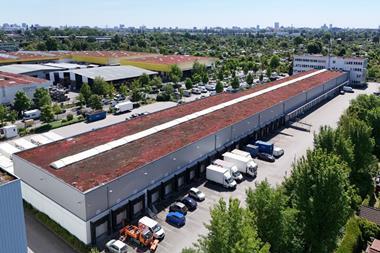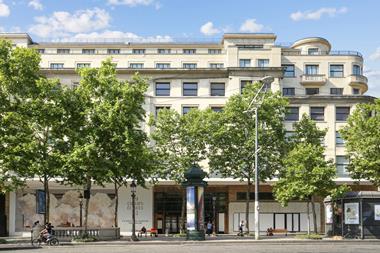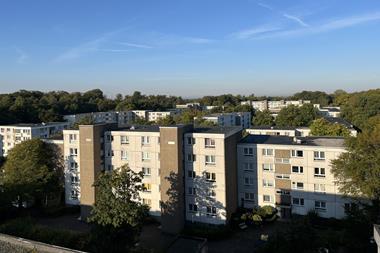EUROPE – The European real estate recovery will begin next year as investors tackle secondary as "the next frontier", according to DTZ.
In a recent report, analysts said limited new supply and lower-than-expected tenant defaults and vacancies would result in stable cash flows – including from secondary assets.
Although the focus on core markets will continue through 2013, the fact investors are opting for prime because of low hurdle rates rather than growth suggests they will turn to non-core opportunities.
Meanwhile, a forecast 7% increase in global investment activity to $443bn (€339bn) will be driven by a forecast investor preference for non-prime assets in familiar markets as prime becomes fully priced and hurdle rates widen.
In Europe, volumes forecast to decline 4% to €108bn this year will only begin to see solid growth in 2014, when, despite continued weak capital value growth, they are forecast to reach €118bn.
But the report claimed banks' continued release of stock on the market should create more clarity on pricing that would allow otherwise reluctant investors to look beyond prime.
Non-core investors, frustrated at the lack of available distress and faced with limited stock of available alternative property assets, will be forced to look to non-prime assets, according to DTZ.
Its report said: "It is as inevitable as human nature that investors' greed will overrule their fears."
In the meantime, DTZ analysts warned against macroeconomic optimism, pointing out that the probability that the worst-case scenario – multiple euro-zone exits – had doubled and the probability of corporate revival had halved.
"The downside risk is alive and well and needs to be considered for 2013 and beyond," they said.
"[Our] base case assumes policymakers continue to muddle on just enough to avoid a deep recession."












